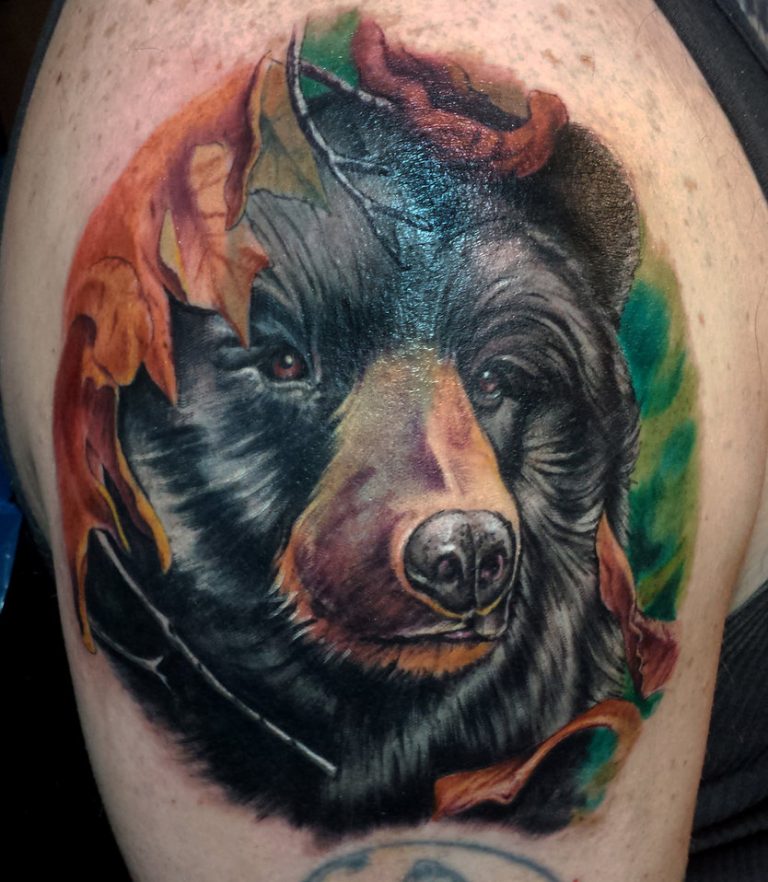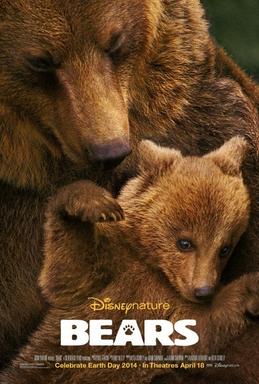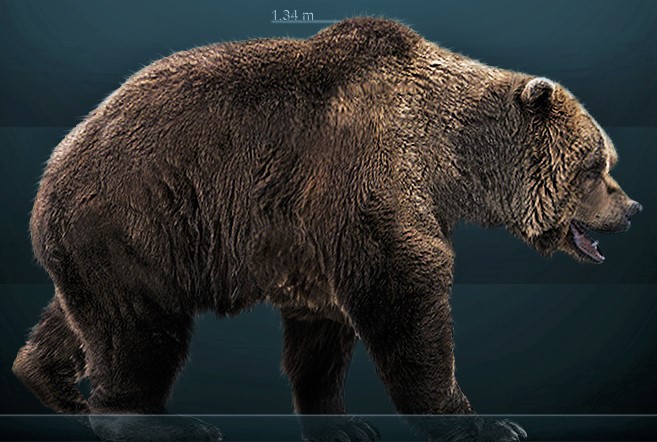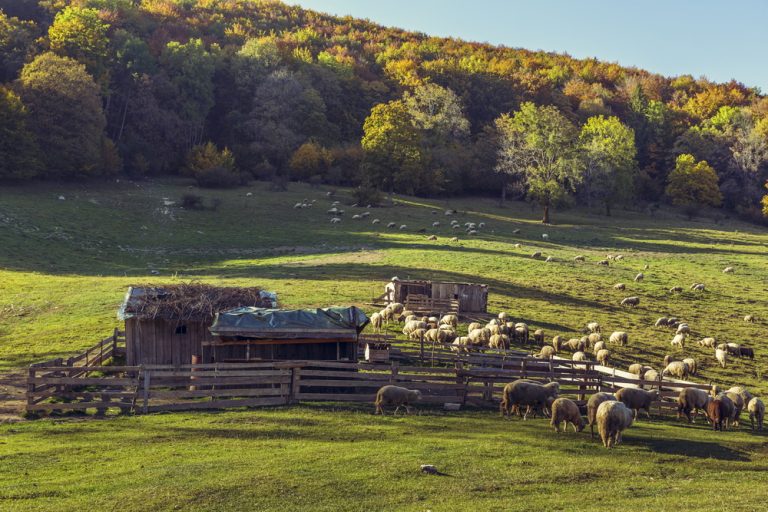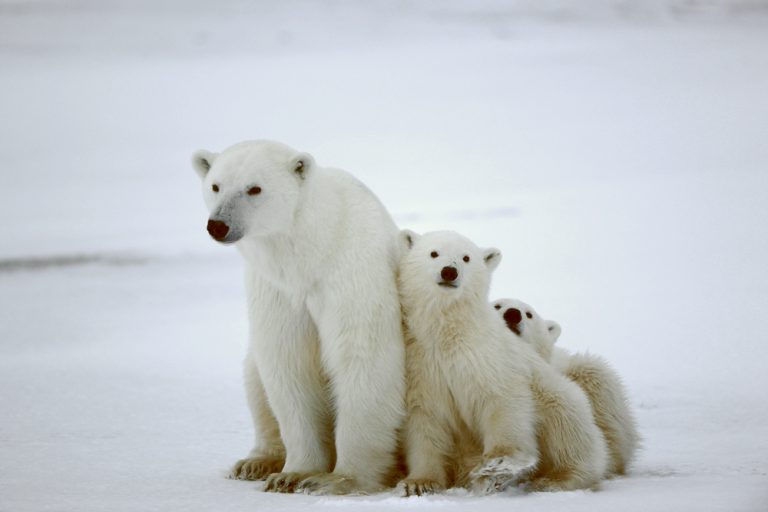This Is How Yosemite Bears Are Getting Smarter Due To Human Mistakes
Yosemite Bears are becoming smarter due to the past mistakes of humans in the park.
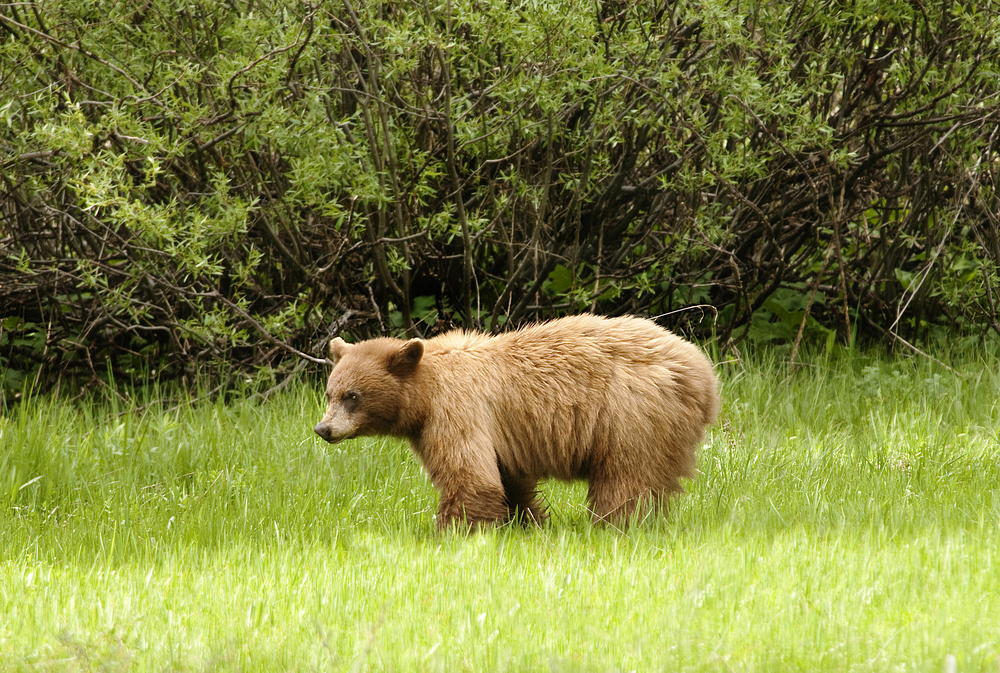
Since Yosemite National Park first opened in 1890, people have been fascinated with the Black Bears that roam the land scavenging for food.
At first, the bears could easily find food in the trash cans and dumpsters the park used. In 1923, the park officials realized people were highly interested in observing these bears and they began intentionally leaving trash in certain areas of the park.
Once these “feeding areas” opened, people felt more comfortable with trying to feed the bears themselves. No one realized the problem this would cause.
In 1971, the last feeding station was shut down. Unfortunately, they didn’t know one fact that we know to be true today. If a bear has had human food, it may go back to it’s natural diet for a little while, but it will continue to look for human food.
Because of that previous food conditioning, park officials have their hands full keeping the Yosemite bears in check. Here is what is going on.
What Is Food Conditioning?
Food conditioning is basically a learning technique used to train pets and other animals. It always involves an edible reward for a particular behavior. With time, the animal learns that if it performs particular action, it will get food as a reward or treat. This works for different kinds of animals including bears.
So What’s The Issue With The Yosemite Bears?
One of the major dangers of food conditioning when it comes to large carnivores like bears is that they quickly learn that they can get quick, tasty food easily from humans. However, they may go about getting more food in a way that directly affects and even harms people. For instance, they will raid campgrounds, harass and bully hikers, and maybe even attack if they catch the scent of food.
At the Yosemite Park, although the feeding stations were closed, the bears began to look for food throughout the campsites and other regions of the park where people might leave food unattended. They had also grown accustomed to being around the people who fed them so many of them were no longer timid, and could become aggressive.
This problem has caused many bears to be put down, because they won’t leave humans alone in their attempt to find food.
But that’s just one aspect of the problem.
The Yosemite bears have become very smart creatures indeed. In fact, they are able to learn and adapt to new situations or obstacles. Not only are they able to learn new things for themselves, they are also able to learn from other bears.
Some Surprising Displays By Yosemite Bears
- Some have learned to open car doors. One bear in particular learned how to open car doors and other bears started copying the habit.
- In a bid to get at food locked up in cars, bears have ripped the car door completely following the scent from long distances.
- If they encounter something they don’t know how to open, they will work at it until they figure out a way to get in. All in the effort to eat human food.
Sadly, it is our fault these have bears become used to human food in the first place. The carelessness of tourists and visitors to the park has put these bears in danger. Because we introduced them to our food in the first place, some may be inclined to attack people to get easy food.
Instead of letting them stay in their own environment, people purposefully tried to draw them out for our own entertainment.
Yosemite park staffers were shocked to see that one female black bear has learned how to open a bear canister.
Possible Solutions To The Problem
It took many years for people to realize that giving the bears food was not a good situation for either them or the humans.
Thankfully, people have become more and more educated about the dangers of exposing bears to human food. Yosemite National Park now has guidelines in place for keeping bears and humans safe.
- They offer food storage lockers on site and ask people to always keep their food in sealed bear-proof containers.
- Also, they ask that people treat anything with a scent (e.g. perfume, hairspray) like food and keep it properly contained.
- There are also many different web resources available today that discuss black bear safety and how to react if you are in a location with black bears present.
- In addition, there is a fine of up to $5,000 for anyone who does not properly store their food or leaves trash behind. This is a great incentive for anyone who isn’t too concerned with safety and wildlife to obey the rules. A fine that large is sure to make even the most apathetic person snap to attention.
The best thing we can do to arrest this problem to keep talking about it. The more informed people are about the situation, the better equipped they will be to handle it.
Luckily, a combination of education and vigilance has seen some improvement. The number of negative human-bear encounters dropped from a record high of 1,541 in 1998 to under 200 a year now.
The park staff who started the feeding stations in 1923 didn’t have bad intentions. They were just uneducated and misinformed about black bears and what was best for them. The same is true for a lot of people today. That’s why getting the information out there is vital for black bear survival.

